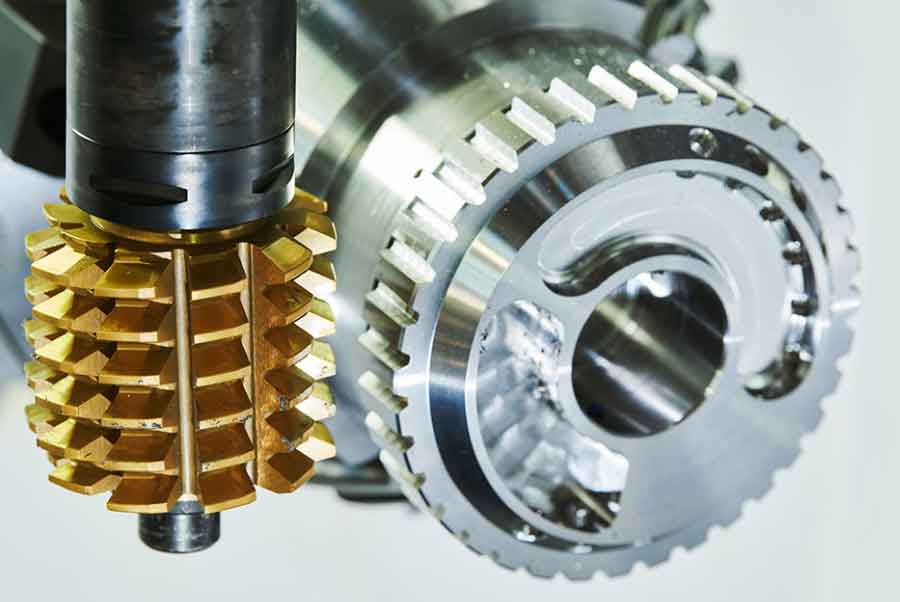Gear hobbing machines have seen significant advancements and innovations over the years, contributing to improved gear production capabilities. Here are some notable advancements in gear hobbing machine technology:

- CNC Control: Computer Numerical Control (CNC) has revolutionized gear hobbing machines. CNC control systems provide greater flexibility, precision, and automation in gear manufacturing. Operators can program complex cutting paths, control cutting parameters, and monitor the machining process with enhanced accuracy and efficiency.
- Multi-Axis Capabilities: Modern gear hobbing machines often feature multi-axis configurations, allowing for simultaneous movement and machining in multiple directions. This capability enables the production of more complex gear geometries, such as helical gears and worm gears, with improved accuracy and reduced setup time.
- High-Speed Cutting: Advancements in machine construction, spindle technology, and cutting tool materials have enabled high-speed gear hobbing. High-speed cutting reduces cycle times and increases productivity while maintaining accuracy and surface finish. It is particularly beneficial for large-volume gear production.
- Automation and Robotics: Automation and robotics have been integrated into gear hobbing machines to streamline the production process. Automated loading and unloading systems, robotic workpiece handling, and tool changing mechanisms improve productivity, reduce manual labor, and enhance overall process efficiency.
- In-Process Measurement and Feedback: In-process measurement systems have been incorporated into gear hobbing machines to ensure real-time quality control. Probes and sensors are used to measure gear profiles, tooth spacing, and dimensions during the cutting process. Feedback from these measurements allows for immediate adjustments and corrections, ensuring accurate gear production.
- Tooling Innovations: Cutting tool technologies have also advanced, enhancing the performance of gear hobbing machines. Carbide and high-speed steel cutting tools with specialized coatings offer extended tool life, increased cutting speeds, and improved surface finish. Additionally, tooling innovations such as adjustable hob heads and modular tooling systems simplify tool setup and changeover, reducing downtime.
- Simulation and Virtual Programming: Gear hobbing machines now often feature simulation and virtual programming capabilities. These systems allow operators to visualize and optimize the cutting process virtually, minimizing the risk of errors and collisions. Simulation also helps in analyzing and optimizing tool paths, reducing setup time and increasing productivity.
- Integration with Manufacturing Execution Systems (MES): Integration of gear hobbing machines with MES allows for seamless data exchange, production scheduling, and monitoring. MES systems provide real-time visibility into the gear manufacturing process, enabling better control, traceability, and productivity optimization.
These advancements in gear hobbing machine technology have led to improved accuracy, efficiency, and productivity in gear production. Manufacturers can benefit from these innovations to meet the demands of various industries, produce high-quality gears, and optimize their manufacturing processes.
